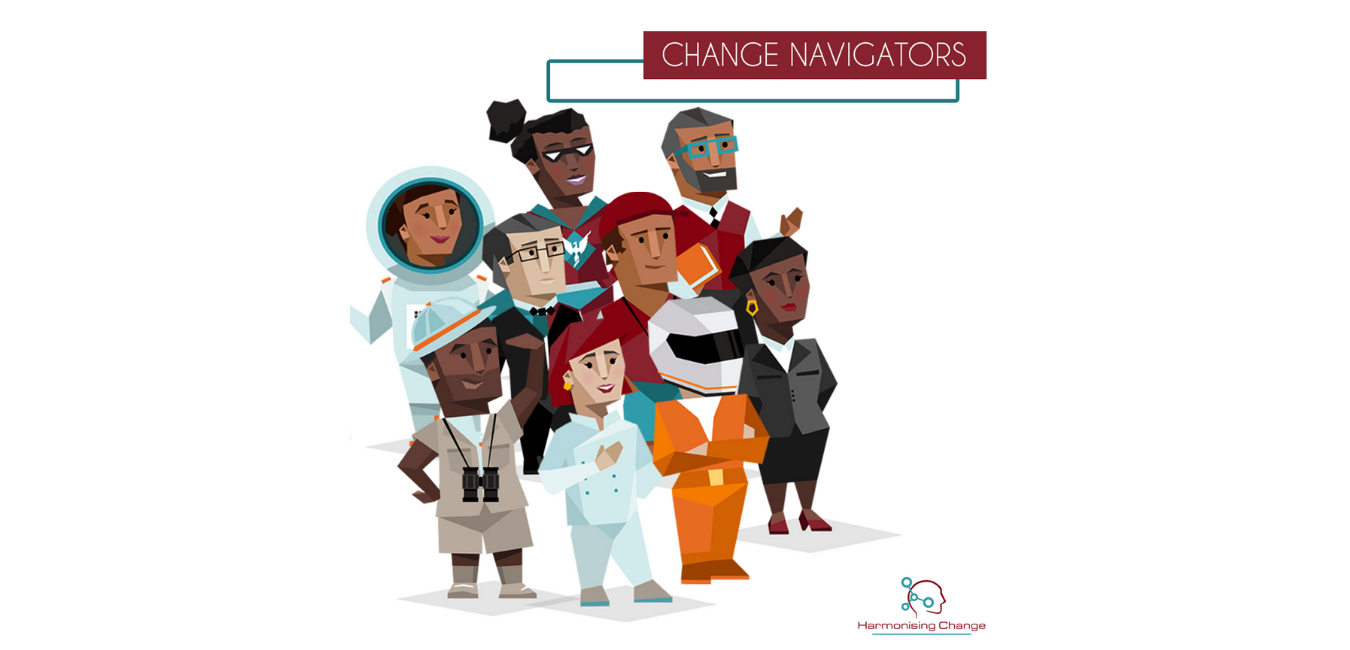
Techniques of Negotiation for Change Management – Labeling
Labeling. What is it and how can it help you create successful communication strategies for your change projects?
As we continue on our series of the Art of Negotiation in Change Management, we focus this week on Labeling. In working through these techniques we aim to build communication plans that limit or eliminate resistance to change. These techniques, when used correctly to establish trust, can be mutually beneficial for all involved in negotiations around change in the workplace.

According to Chris Voss, ‘Labeling is the use of labels – verbal observations of feelings – to neutralise negative emotions in a negotiation or reinforce positive ones to create a better deal.’
To do this effectively in conversation you must avoid all use of the first person pronoun, for example, ‘What I’m hearing…’ or ‘ I think…’. These first phrases signal that you are prioritising yourself in the conversation.
The art of labeling is designed to let the other people in the conversation know that you understand their feelings, to help build relationships of trust, and make people feel comfortable enough to share their thoughts, feelings and concerns openly.

When practicing labeling, simply become aware of the emotion or the dynamic from the other side. Listen to what your gut is telling you about how someone is feeling and then simply put a label on it, using phrases like it seems like, it sounds like, it looks like, it feels like. These are the first few words of your label before you attached an emotion to it.
Instinctively you may want to get defensive or dismiss these feelings. You may want to say, ‘I don’t want you to be upset about this’. At this moment you’re picking up that the person is upset, so instead take this feeling of being upset and make it a label.
What this does is trigger contemplation and this deactivates negativity. Labeling is a great skill to use in conversation to overcome negative emotions.

But what happens if you mislabel feelings? This gives the other person the opportunity to correct you. People love it when they are right and when you have to admit your own misunderstanding of an issue they’re passionate about. This is also an opportunity for them to qualify their emotions by sharing more information with you.
Get in touch with us at info@harmonisingchange.co.za to find out more or Contact Us about our People Change Management Communication Plans.



